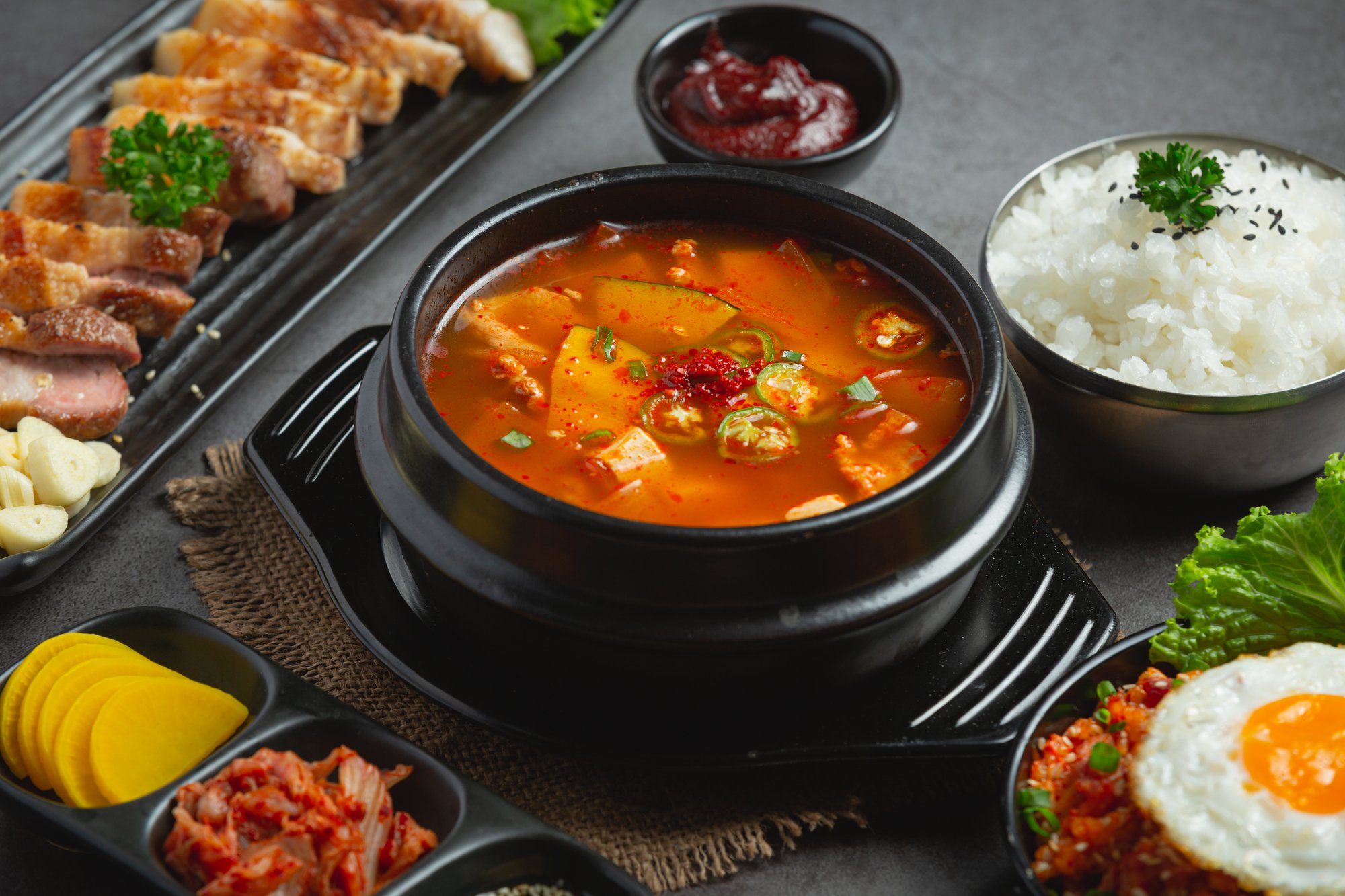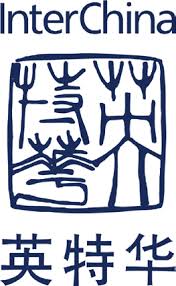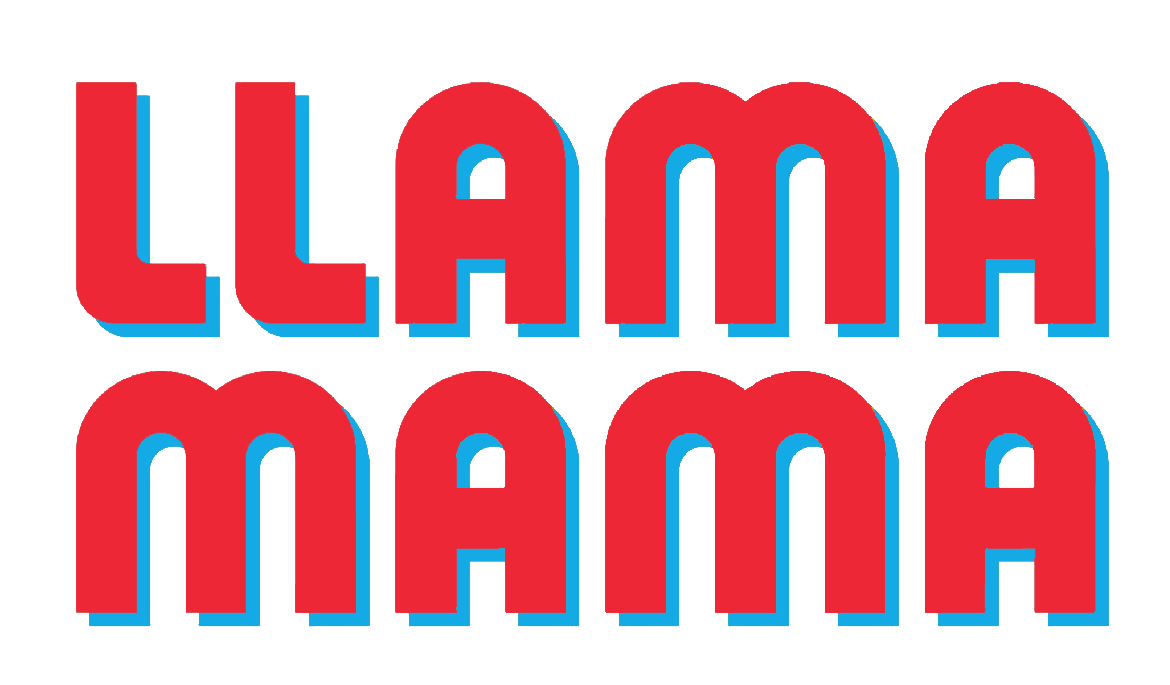Japanese wine is gaining more and more attention as the local wine industry begins to grow and expand.
New wineries are emerging throughout Japan, producing high-quality reds, whites, roses, and sparkling wines. The use of European grape varieties in Japan has led to an improvement in the quality of local wine. Now Japanese wines are starting to receive recognition and awards at international competitions.
While Yamanashi used to be the main area for Japanese wine production, investors are now looking towards the north of Japan. Although domestic wine consumption has only increased by 10%, the number of wineries in Japan has more than tripled over the last decade. More of these are being established in Hokkaido, a region that is quietly crafting a new generation of Japanese wine. This presents an opportunity for overseas exporters and those with a keen eye for marketing unique products.
We asked GourmetPro's team of wine industry experts to provide insights into the Japanese wine market. In this article, they share winemaking practices, current trends, and the potential future of Japanese wine. The increasing popularity of Japanese wine should have the industry taking note, and fast. What’s more, the category will only grow in years to come so you should start exploring it now.
A Brief History of Japanese Wine
Wine was first produced in Japan during the Meiji Period (1868-1912). The Meiji government encouraged grape cultivation and winemaking, importing saplings from Europe and the US. The first domestic wine company in Japan, Dai Nihon Yamanashi Budoshu Kaisha, set up shop in Yamanashi Prefecture.
It wasn't until the Tokyo Olympics in 1964 and the westernization of Japan's gourmet scene that wine started to gain popularity. By the early 2010s, wine drinking had become common in Japan and local wine was gaining popularity. The Nihon Wine Kyokai began hosting more events and the Japan Wine Festival was attracting a wider audience. At this time, most wineries produced limited quantities and sold directly to customers.

From 2015, Japanese wine began to expand beyond direct-to-consumer sales and became more prevalent in supermarkets. In 2018, the Suntory Tomi no Oka Winery won Japan's first International Wine Challenge award for its Tomi Red 2013. More awards for Japanese wine soon followed, and so too did the establishment of wineries. During the 2019 G20 summit in Osaka, organizers proudly served Osaka and Kansai wines as part of the delegates’ meals. The growth and recognition of Japanese wine continues to rise, solidifying its place in the wine industry.
Current Trends Are Brewing In the North
The popularity of Japanese wine is on the rise, and many winemakers are exploring different regions in the country. Specifically, there are five main winemaking regions: Yamanashi, Hokkaido, Nagano, Niigata, and Yamagata.
One of the most exciting areas right now is Hokkaido, which has become a hot spot for winemaking. There are many successful winemakers in the region, including OSA Winery, Ikeda Wine Castle, and Furano Winery.
Hokkaido has a strong history of agriculture and the government is supporting the wine industry with various subsidies, making it easier for winemakers to grow grapes. Producers in the region are increasingly growing Pinot Noir as temperatures in the region gradually rise.
Big companies and international winemakers are taking notice of Hokkaido's thriving wine industry. Kaldi started their own vineyard in 2014, and a winemaker from Bourgogne, Etienne de Montille, recently planted his first grapes in the region. He expects to harvest the chardonnay and pinot noir grapes in 2023. His interest in the region sparked with Hokkaido’s move toward Pinot Noir suitability.
Hokkaido is poised for continued growth in the Japanese wine industry thanks to favorable conditions and government support.
The Surprising Effects of Climate Change on Japan’s Wine Industry
When it comes to shifts in Japan’s wine scene, we must mention the impact of climate change on national winemaking. Wine grapes are at risk if climate trends continue. The grapes may begin to exhibit reduced acidity with rising temperatures and heavier rainfall.
With its high concentration of wineries, Yamanashi is feeling the brunt of climate change. The summers are very hot but there are sudden cold snaps as autumn arrives, making it unclear whether the harvest will be early or late. What’s more, the unpredictability of rainy and typhoon seasons can further complicate things.
But it’s not all doom and gloom. Wineries in Japan often cultivate their grapes with unique methods and processes different to their European or American counterparts due to the drastically different climate. There will undoubtedly be new and innovative solutions to the changes. One such change is already happening in Hokkaido.
As winegrowing regions elsewhere in the world, like Bourgogne, begin to see the effects of climate change and see earlier harvesting seasons, Hokkaido is seizing the opportunity of the rising temperatures to grow Pinot Noir grapes.
The spring-to-autumn temperatures have risen to be more suitable for the grapes. Hakodate in particular has become a good region for the grape variety due to its little snowfall and quality soil, as seen by de Montille’s winery.
Japanese Wine Trends In 2023
The future of Japanese wine looks bright. Major companies like Sapporo, Suntory, Asahi, and Kirin are working towards promoting Japanese wine domestically. This opens up opportunities for importing or exporting Japanese wine.
The Japanese law changed in 2018, and now any wine labeled as "Japanese wine" must be made with domestically grown grapes. Until this point, a lot of companies bottled imported wine and sold it as “Japanese wine”. This change is encouraging some companies to expand into authentic Japanese winemaking and create large wineries to meet their production needs.
One company leading the way is Sapporo, the famous beer brewer from Hokkaido. It launched its Grande Polaire wine range in 2012 with two domestic wineries, adding a third vineyard in Hokkaido in 2018.
Hokkaido’s existing and future wines shouldn’t be difficult to promote domestically, as the region is already well-established as a gourmet region in Japan. The frequent Hokkaido food fairs in supermarkets and at events serve as an easy target to slot in wines from the foodie north.
Opportunities to Establish Japanese Wine Internationally
Aside from the growing domestic interest in Hokkaido wines, though, it is still unclear how Japanese wine as a whole will make a name for itself internationally.
One marketing strategy that various wineries are embracing is to highlight how well local wines pair with Japanese food. Of course, given the vast array of wines around the world, Japanese wine certainly isn’t the only wine that could be paired with Japanese dishes. Yet, creating an association between the two is a potential avenue for increasing awareness and recognition. If restaurants around Japan start to embrace this strategy too, it could be an interesting way to introduce international travelers to the world of Japanese wine.
Interested in Importing/ Exporting Japanese Wine?
Are you interested in opportunities in Japanese wine? There's a lot to know before beginning this exciting journey, but GourmetPro's team of wine experts has you covered. Our end-to-end assessment gives you the best recommendations for your opportunities inside and outside of Japan. That includes your route to market. But we don’t stop there. Our dedicated experts can take care of setting up your business operations so you can save time and focus on growth!
Contact us below to find out how we can support you.


%206.png)
.svg)






.svg)



.svg)
.svg)
.svg)

.svg)






















































.png)














































